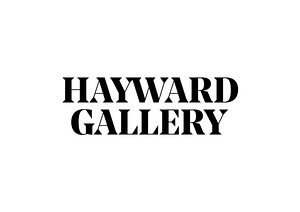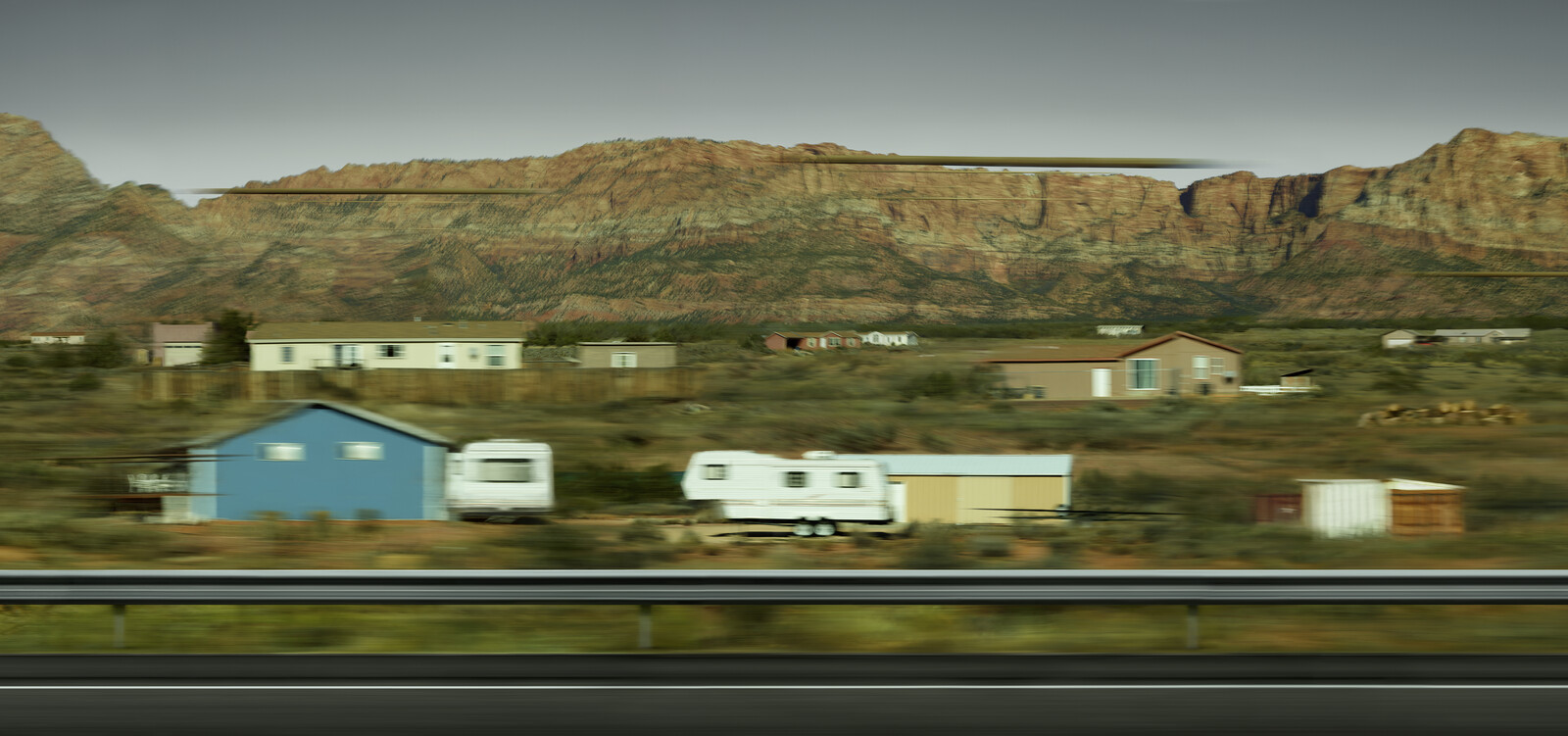January 25–April 22, 2018
Belvedere Road
London SE1 8XX
United Kingdom
Hayward Gallery reopens on January 25, 2018 with the first major UK retrospective of the work of Andreas Gursky, widely regarded as one of the most significant photographers of our time. Andreas Gursky marks the beginning of the Hayward Gallery’s 50th anniversary year and is the first exhibition to take place in the gallery following its two-year refurbishment.
Andreas Gursky explores four decades of the artist’s work, ranging from pioneering photographs created in the early 1980s to major new pictures made in the past year. Whether depicting vast landscapes, teeming crowds or massive man-made structures, Gursky’s art has been driven by his insight into forms of collective existence and his curiosity about “the way that the world is constituted.” Often taken from a distant vantage point, his photographs make use of a “democratic” perspective that gives equal importance to all elements of his highly detailed scenes. Rather than simply depicting particular places or situations, these works comprise visual metaphors that reflect on particular cultural attitudes and relationships.
This exhibition aims to illuminate the ways in which Gursky’s approach to photography has developed along a number of parallel tracks while engaging a wide range of pictorial traditions. From early in his career, the artist has engaged with the paradoxical character of the photograph as something tied to a worldly referent and yet strangely independent of it. As a result many of his pictures remain surprisingly ambiguous, despite their impressive technical precision. Even as they chronicle emblematic sites of global capitalism and contemporary life, these images disrupt our preconceived ideas about how photographs represent reality, and shape and package our perceptions. In later works that evoke “transcendent” abstract painting or depict semi-fictional scenarios, Gursky defies simplistic readings of his imagery by conflating the medium’s documentary character with its capacity for invention and formal play.
Andreas Gursky concludes with several recent photographs that suggest a new direction in the artist’s work. While many of his pictures look at how architectural structures organise perceptual space, photographs such as Amazon (2016) comment on the ways in which digital technologies have introduced profound changes to our notions of visual order, and epic new works such as Tokyo and Utah (both 2017) consider the changing status of photography in the era of mobile phone imagery. Works such as these not only reflect upon the world in which we live but also comment on the fashion in which they engage that world. Demonstrating that there is more than one valid or “authentic” use of the medium, Gursky’s art challenges our thinking and invites us to look afresh at how we make sense of images. As this four-decade survey makes clear, his work continues to expand the possibilities for photography in ways unmatched by any other artist of his generation.
The accompanying exhibition catalogue Andreas Gursky provides an indispensable overview of the artist’s work, and includes never-before-published photographs. In a landmark conversation between two major figures in contemporary photography, Gursky talks with Jeff Wall about his influences and development while an essay by Hayward Gallery Director Ralph Rugoff explores important but often neglected areas of the artist’s work. Gerald Schröder and Brian Sholis contribute essays that provide new insight into key pictures and motifs, and artist Katharina Fritsch shares personal recollections of her Düsseldorf colleague.


